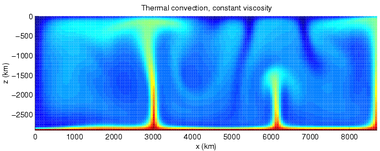 This figure shows a calculation for thermal convection in the Earth's mantle. Colors closer to red are hot areas and colors closer to blue are cold areas. A hot, less-dense lower boundary layer sends plumes of hot material upwards, and likewise, cold material from the top moves downwards. - Wikipedia
This figure shows a calculation for thermal convection in the Earth's mantle. Colors closer to red are hot areas and colors closer to blue are cold areas. A hot, less-dense lower boundary layer sends plumes of hot material upwards, and likewise, cold material from the top moves downwards. - Wikipedia 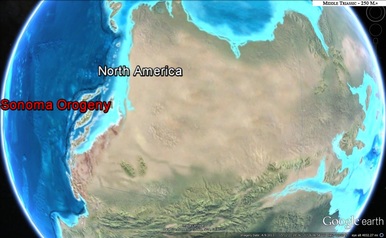 Middle Triassic Period, 250 million years ago. - Google Earth
Middle Triassic Period, 250 million years ago. - Google Earth 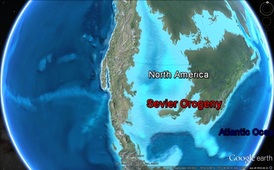 Late Cretaceous, 90 million years ago. - Google Earth
Late Cretaceous, 90 million years ago. - Google Earth K/T Boundary
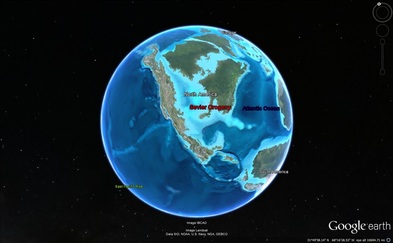 Late Cretaceous, 65 million years ago. - Google Earth
Late Cretaceous, 65 million years ago. - Google Earth 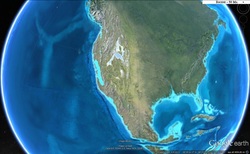 Eocene, 50 million years ago. - Google Earth
Eocene, 50 million years ago. - Google Earth Sources:
https://www.youtube.com/watch?v=FZp0i_hIkWM
The Rise and Fall of San Diego
https://www.youtube.com/watch?v=-drjJoRGfAk
Geologic Map of San Diego
http://www.quake.ca.gov/gmaps/RGM/sandiego/sandiego.html
From the San Diego Natural History Museum
https://www.sdnhm.org/archive/research/paleontology/sdgeol.html
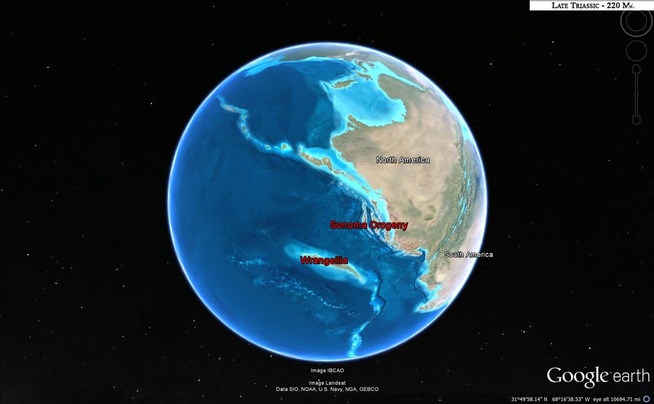
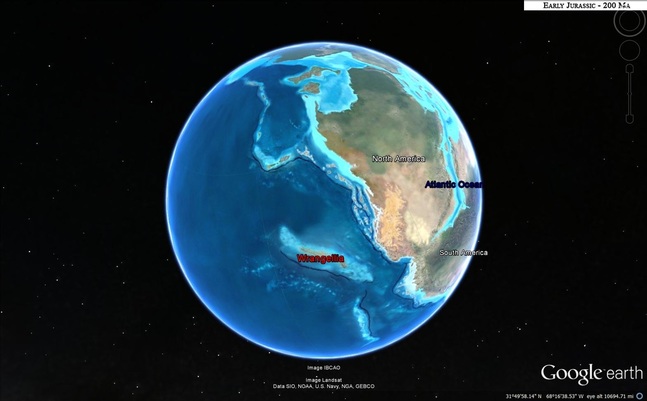
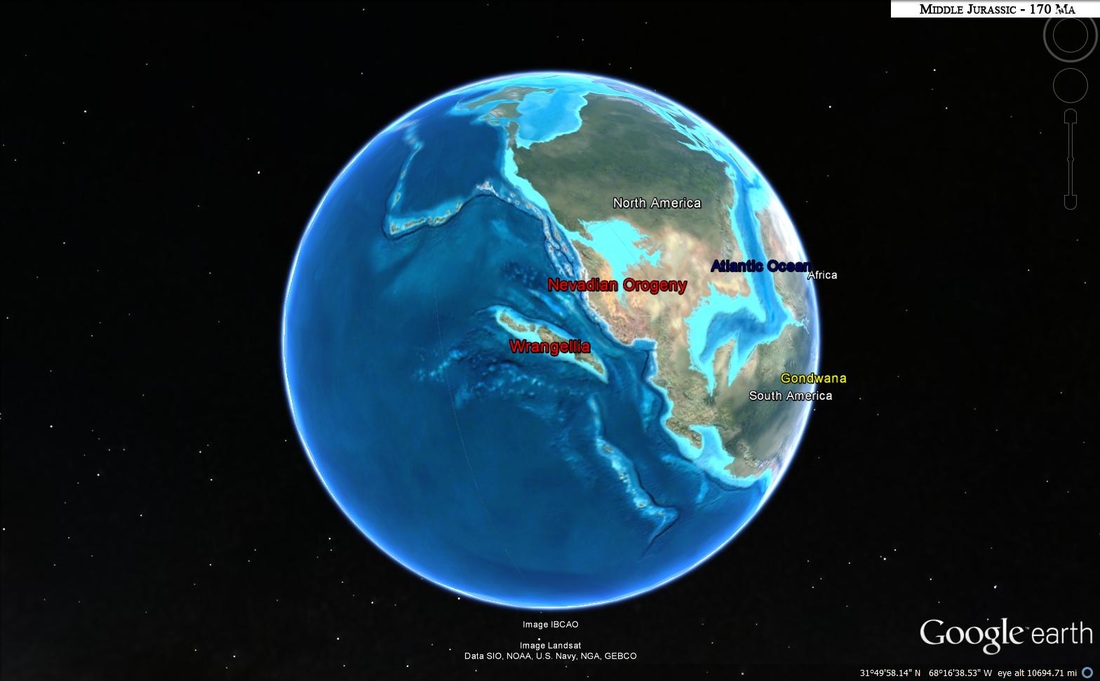
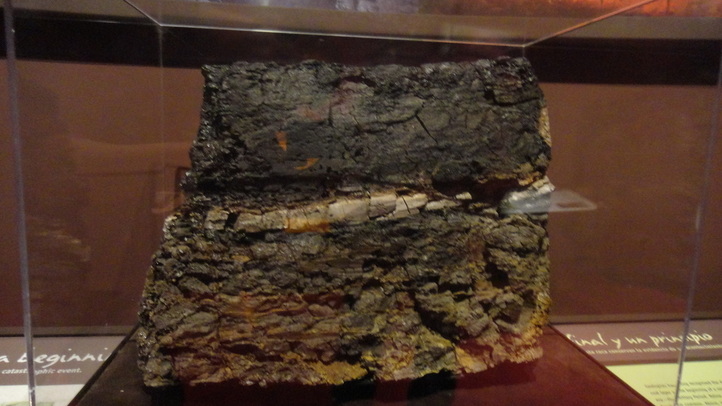
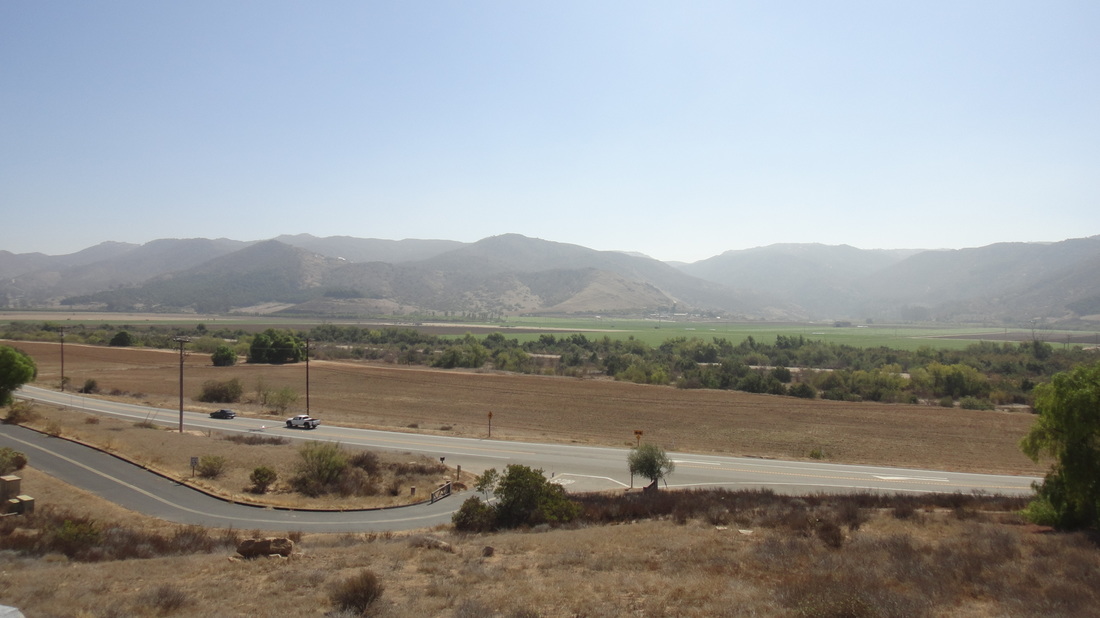
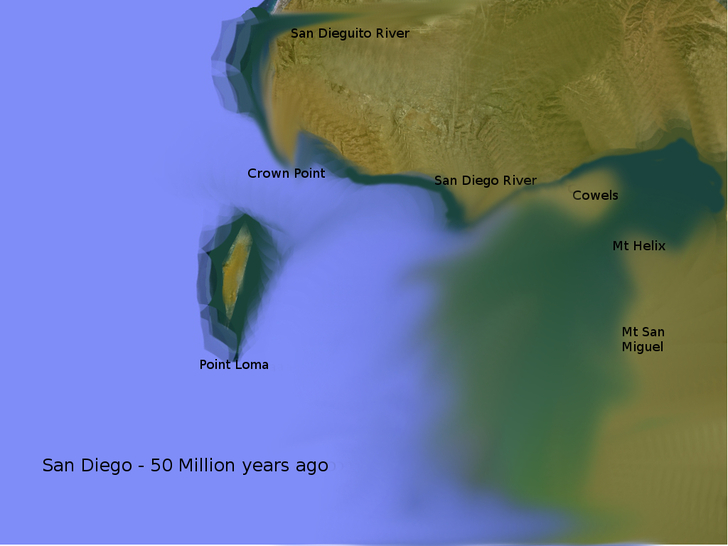
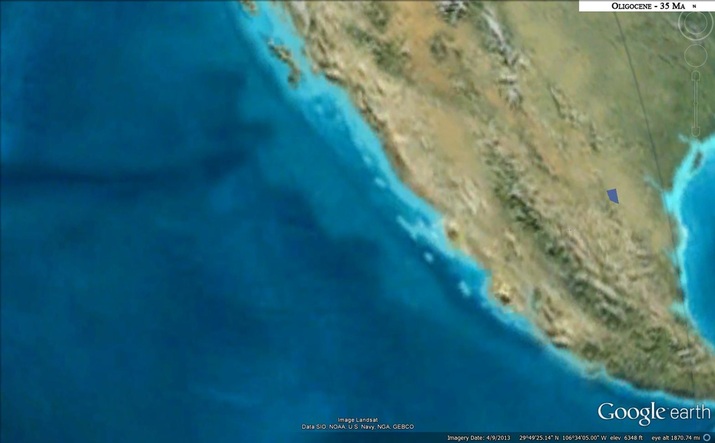
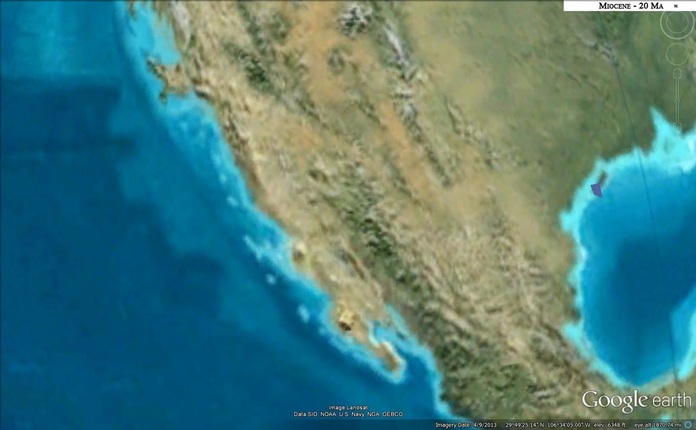
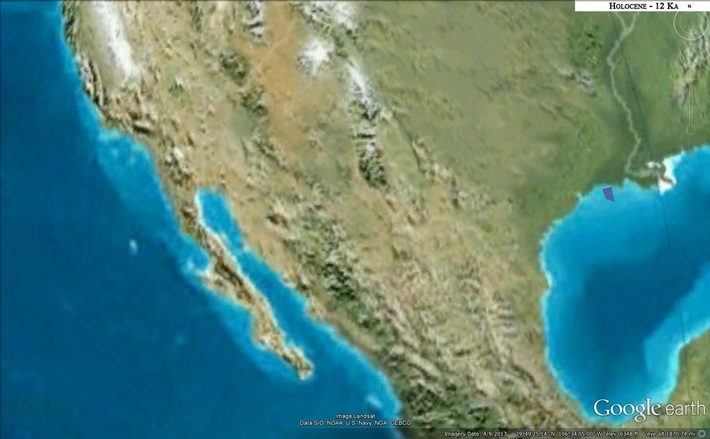
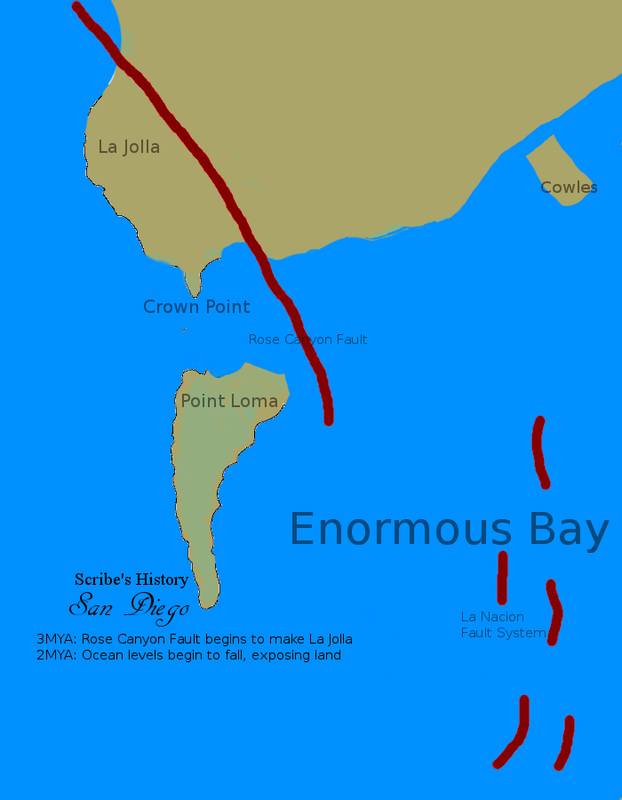
 RSS Feed
RSS Feed